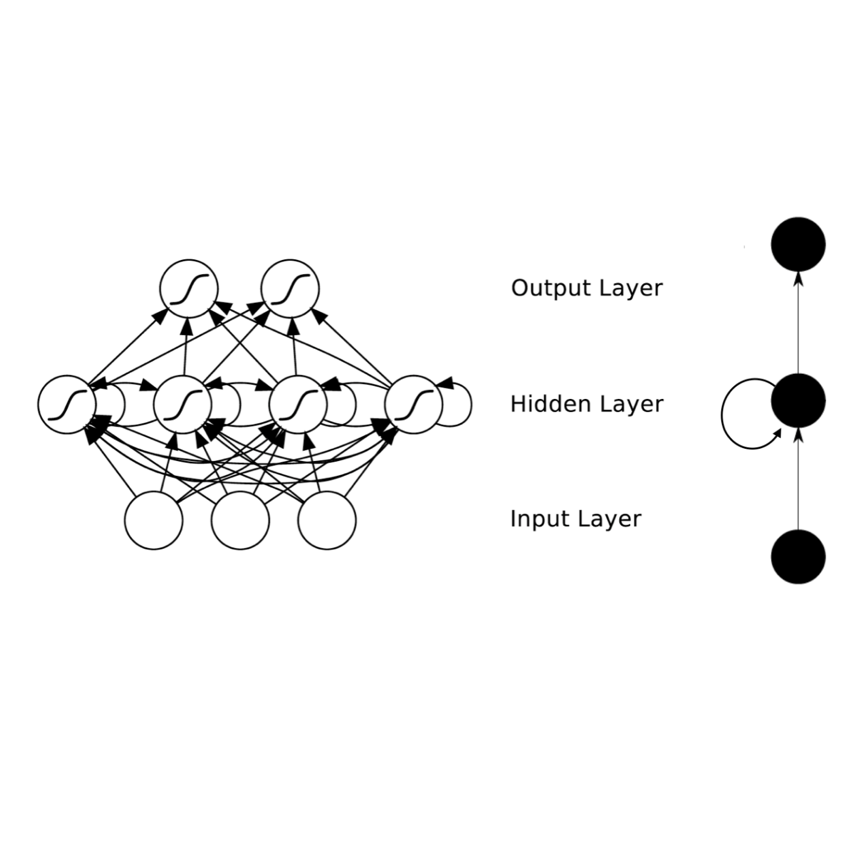During lung cancer radiotherapy, the position of infrared reflective objects on the chest can be recorded to estimate the tumor location. However, radiotherapy systems usually have a latency inherent to robot control limitations that impedes the radiation delivery precision. Not taking this phenomenon into account may cause unwanted damage to healthy tissues and lead to side effects such as radiation pneumonitis. In this research, we use nine observation records of the three-dimensional position of three external markers on the chest and abdomen of healthy individuals breathing during intervals from 73s to 222s. The sampling frequency is equal to 10Hz and the amplitudes of the recorded trajectories range from 6mm to 40mm in the superior-inferior direction. We forecast the location of each marker simultaneously with a horizon value (the time interval in advance for which the prediction is made) between 0.1s and 2.0s, using a recurrent neural network (RNN) trained with unbiased online recurrent optimization (UORO). We compare its performance with an RNN trained with real-time recurrent learning, least mean squares (LMS), and offline linear regression. Training and cross-validation are performed during the first minute of each sequence. On average, UORO achieves the lowest root-mean-square (RMS) and maximum error, equal respectively to 1.3mm and 8.8mm, with a prediction time per time step lower than 2.8ms (Dell Intel core i9-9900K 3.60Ghz). Linear regression has the lowest RMS error for the horizon values 0.1s and 0.2s, followed by LMS for horizon values between 0.3s and 0.5s, and UORO for horizon values greater than 0.6s.
翻译:在肺癌放射治疗期间,红外线反射物体在胸中的位置可以记录,以估计肿瘤位置;然而,放射治疗系统通常具有机器人控制限制所固有的潜值,这妨碍辐射输送精确度。不考虑这种现象可能对健康组织造成不必要的损害,并导致辐射肺炎等副作用。在这项研究中,我们使用三维位置的9个观测记录,即胸部上的三个外部标记和在73至222岁间隔期间呼吸健康的个人的腹部。取样频率等于10赫兹,记录下方轨道的振幅介于优度方向的6毫米至40毫米之间。我们同时预测每个标记的位置,同时预测地平线值(预测的提前时间间隔)介于0.1至2.0,我们使用经过公正在线经常性优化训练的经常神经网络(RNN)进行。我们将其表现与经过实时经常学习、最低平均值(LMS)和离线直线直径的0.8轨道的反射速值为0.800至最低轨道。在每18分钟的轨道、最低轨道和最低轨道上进行了培训和跨轨道的精确测距。



